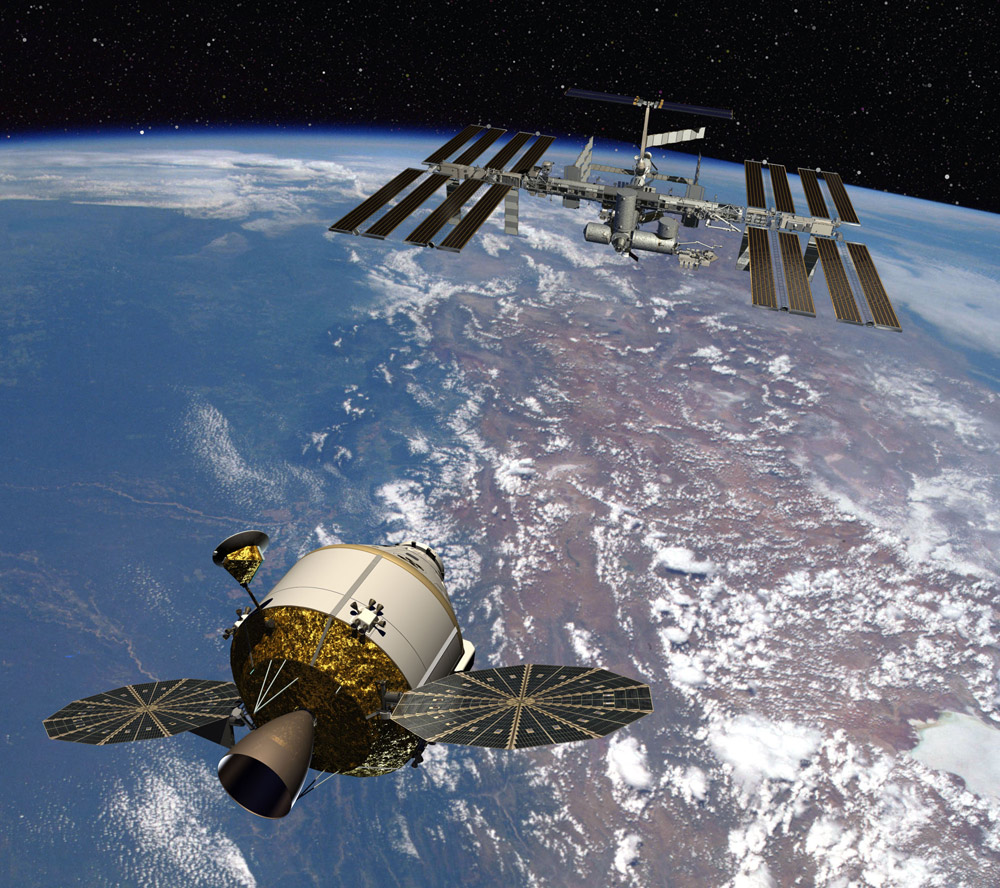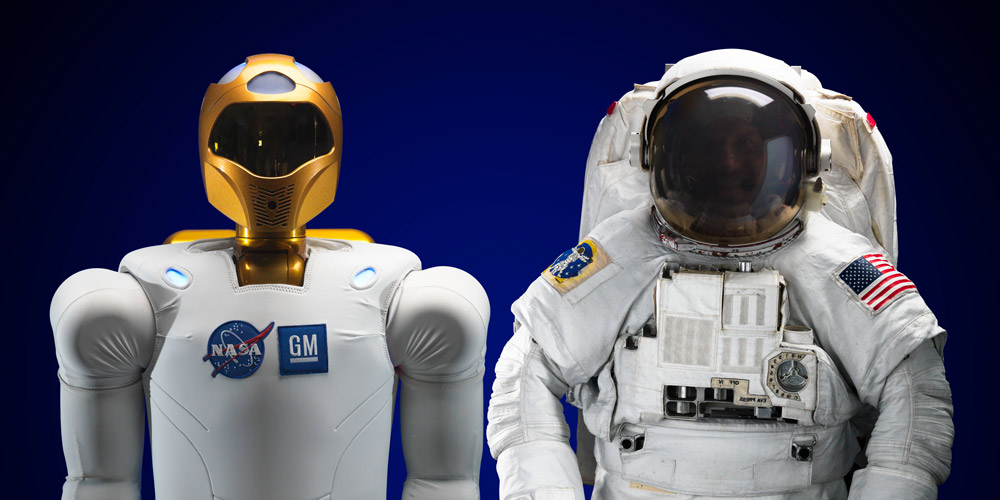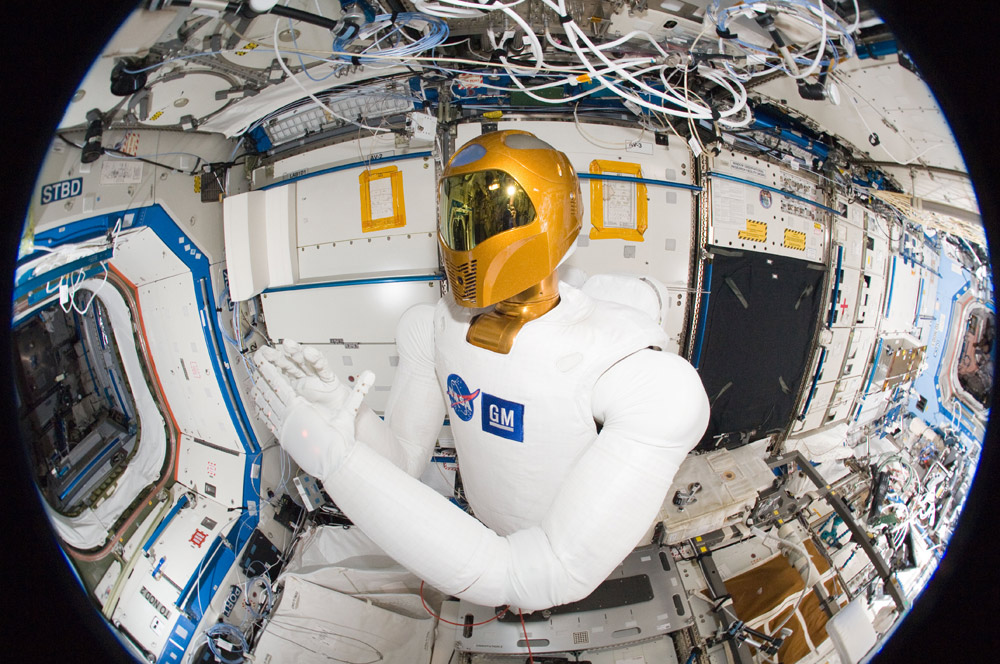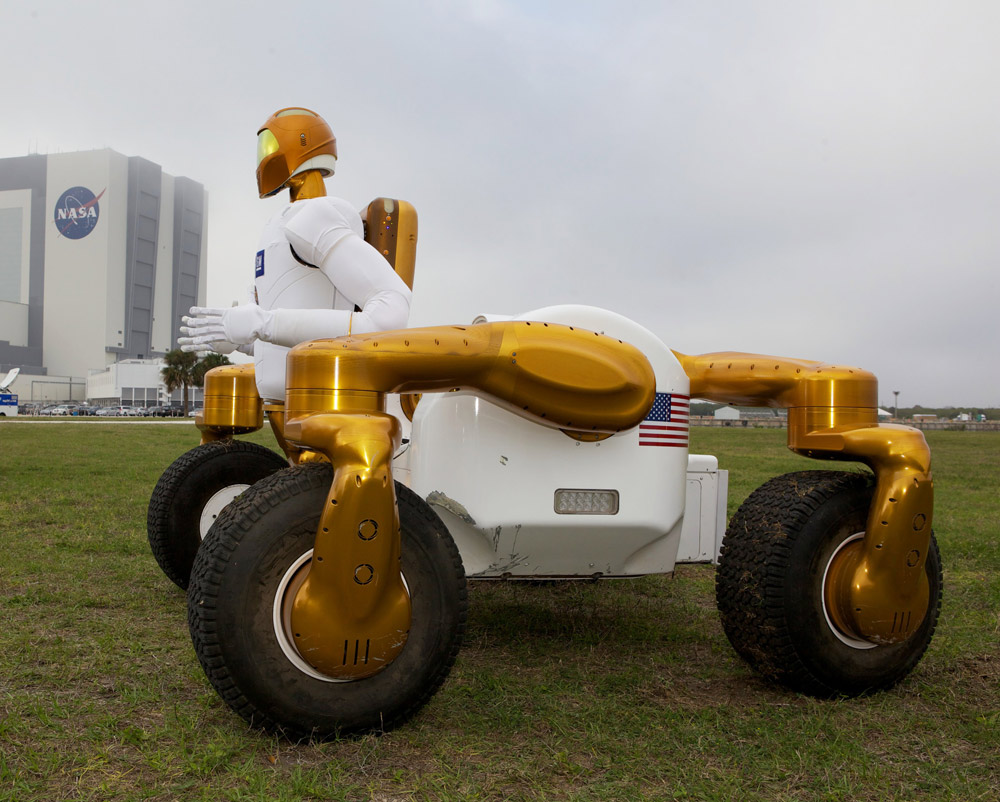The future of space travel
Each new destination in the sky above brings the promise of new answers to some of humanity’s oldest questions: how life began on Earth, how our solar system evolved, and what changes lie in the future. Exploration missions to NEAs or Mars may help answer those questions.
Since the retirement of the Space Shuttles in 2011, space has been opened up to the private sector, but NASA is still committed to space exploration and is retrieving terrific information from the Mars rover Curiosity. NASA's Curiosity rover mission has recently found evidence that a stream once ran vigorously across the area on Mars where the rover is driving. According to Nasa, the shapes of stones offer clues to the speed and distance of an ancient streams flow.
Orion is America’s next generation spacecraft that will take astronauts to exciting destinations never explored by humans. It will serve as the exploration vehicle that will carry the crew to distant planetary bodies, provide emergency abort capability, sustain the crew during space travel, and provide safe re-entry from deep space. It can carry 4 people for up to 210 days flight. The spacecraft will launch on Exploration Flight Test-1, an un-crewed mission planned for 2014.
The international Space Station is a truly global joint project as it is shared by NASA, the Russian Federal Space Agency, the Japanese JAXA, the European ESA, and the Canadian CSA and is a unique platform for scientific research. Almost 200 people from 15 countries have visited, but the orbiting complex has only had human crew members, until now.
Robonaut 2 or R2 (sound familiar?) is the latest generation of the Robonaut astronaut helpers, launched to the space station aboard space shuttle Discovery on the STS-133 mission in February 2011.
As R2 technology matures, similar robots could be sent deeper into space to test the system in more extreme thermal and radiation conditions. Someday, R2 could service communications, weather and reconnaissance satellites, which have direct benefits on Earth. There is even a wheeled version in the planning called Centaur 2.
Over the next several decades, NASA will endeavour to send humans to a range of destinations beyond low Earth orbit (LEO), including cis-lunar space, near-Earth asteroids (NEAs), the Moon, and Mars and its moons.
The ultimate aim is to land a human on the surface of Mars which would enable incredible scientific discoveries. Exploring Mars is the first step to long-term, human space exploration beyond the inner solar system, driving technology innovation necessary for sustaining humans on another planet, pushing us out into the stars.
Innovations created to address the challenges of space exploration often lead to new and more sophisticated technologies used both for the benefit of all and commercially.
However it is in the private sector that we are seeing great new leaps in response to the enormous challenges posed by space travel. Space X is a private company founded in 2002 by Elon Musk of Paypal fame that is working with Nasa and has developed the Falcon launch vehicles and Dragon spacecraft. The Dragon is the first private spacecraft to successfully berth with the International Space Station.
The XCOR Lynx being developed in the desert at the Mojave Air and Spaceport. Their aim is to make space travel affordable to private citizens so that space travel will truly take off, so to speak. Their rocket has the immense advantage of being essentially a rocket powered jet plane. It can make up to 4 flights a day as it runs on liquid fuel and can take off on its own power whilst SpaceShipTwo developed by Scaled Composites (also in the Mojave Spaceport) for Virgin Galactic has to be dropped from a plane and the engine has to be replaced between flights. Also you sit right next to the pilot in the Lynx XC with an awesome panoramic view.
Not to mention Eric Anderson and Peter Diamandis’ venture of mining asteroids for raw materials like iron and nickel supported by the film director James Cameron and Larry Page, founder and CEO of Google.
Space exploration is the new frontier and the legendary explorers and heroes of tomorrow could be you.
All images courtesy of NASA.
For more information visit: http://www.nasa.gov/
For more ways to get involved with NASA go here: http://www.nasa.gov/connect/index.html
Get involved in space mining: http://www.planetaryresources.com/
Mojave Air and Space Port: http://mojaveairport.com/













